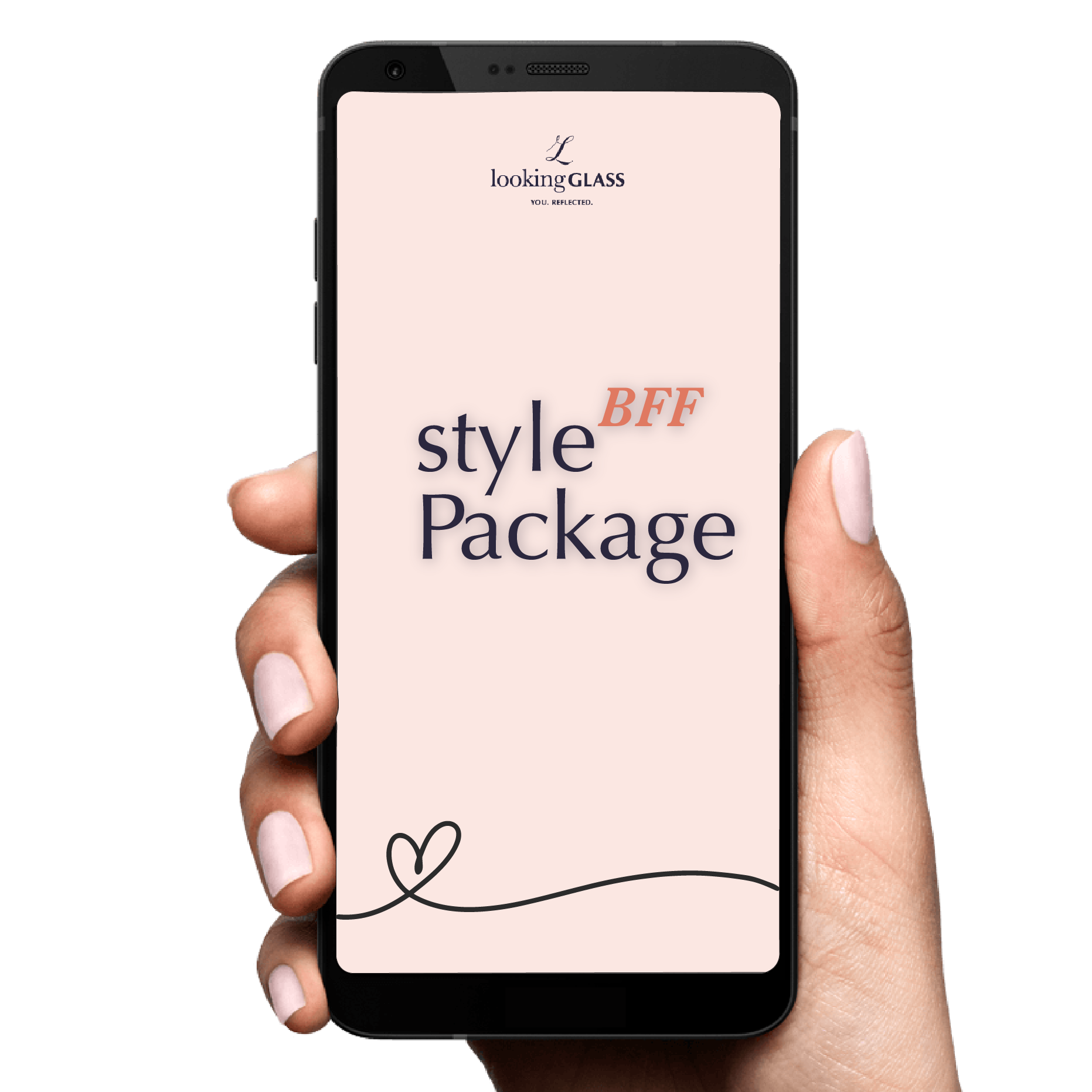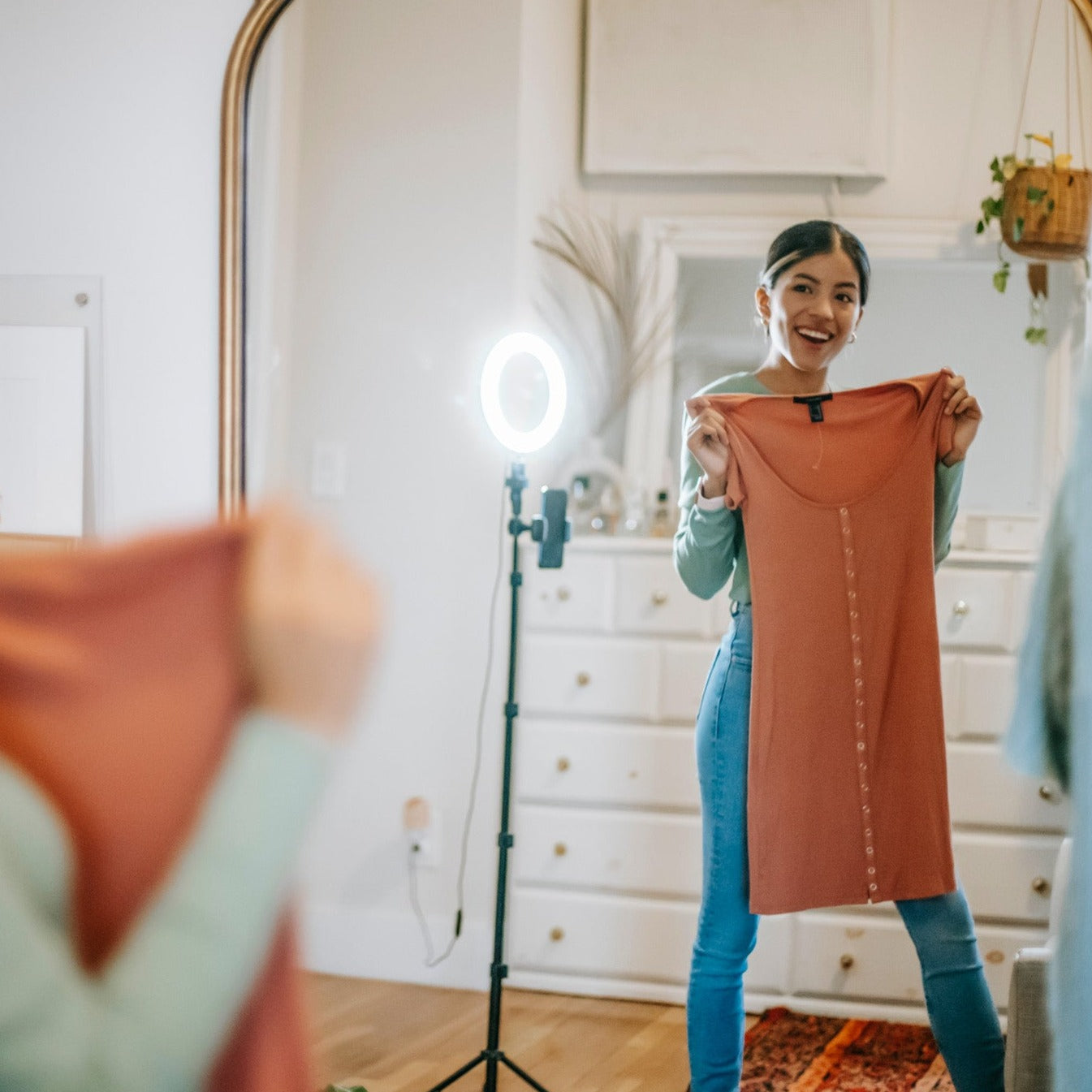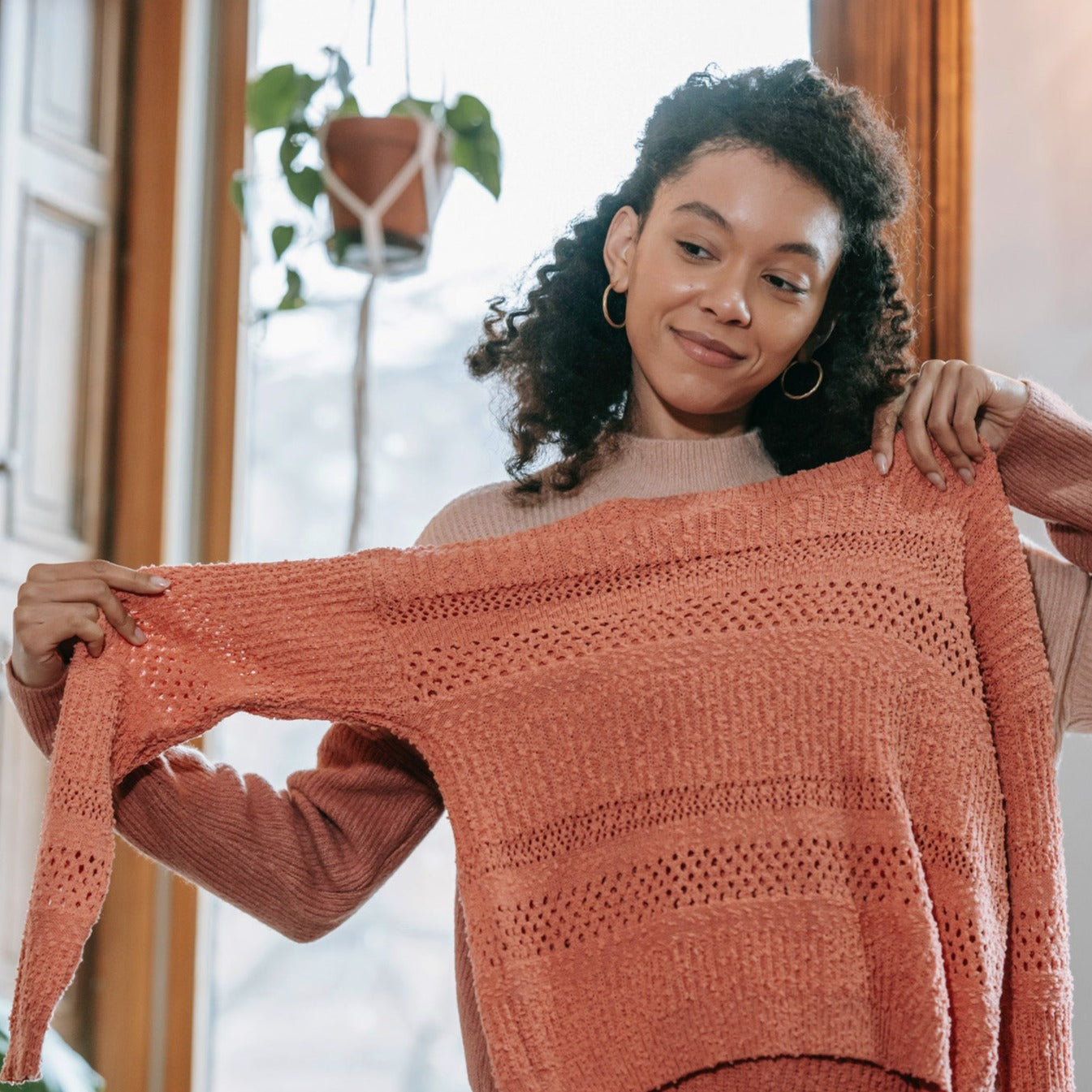When it comes to dressing siblings, parents often face a common dilemma: should they dress their children in matching outfits, or should they opt for a coordinated look that reflects individuality while maintaining some visual harmony? The choice between matching and coordinating styles for siblings can be tricky, as it involves striking a balance between unity and personal expression. Both options have their charm and benefits, and understanding the differences can help create memorable, stylish outfits that everyone loves.
This article explores the key differences between matching and coordinated looks, offering tips and ideas for achieving stylish outfits that reflect both unity and personal flair.
The Charm of Matching Outfits
Matching outfits for siblings have a timeless appeal. Whether it's matching dresses for sisters or identical shirts for brothers, these outfits create a sense of uniformity that's fun, cute, and often heartwarming. Here are some reasons why parents and children love matching outfits:
1. Uniformity and Togetherness
Matching outfits instantly create a sense of togetherness. When siblings dress alike, they appear as a cohesive unit, often representing the idea of family unity. This is particularly great for family photoshoots, holidays, or special occasions when you want your children to look like a coordinated team. Matching outfits can bring a sense of belonging and harmony, especially for younger children who are still forming their sense of individuality.
2. Fun and Playfulness
There's something inherently fun about dressing siblings in matching outfits. Kids enjoy the playful aspect of matching their siblings, and it can also create a sense of camaraderie and teamwork. It's a way to celebrate the sibling bond, creating cute moments that are shared by both siblings. Imagine the excitement of siblings wearing matching pajamas for movie night or matching outfits for a birthday party!
3. Simplicity in Choice
When dressing siblings in matching clothes, parents often find the task easier. There's less decision-making involved since the outfit is already coordinated. This simplifies shopping, and parents can often purchase a matching set or a line of clothing designed specifically for siblings. Matching outfits eliminate the challenge of trying to balance different colors, patterns, and styles.
4. Perfect for Special Occasions
Matching outfits are a popular choice for special occasions such as family photos, weddings, holiday celebrations, or birthdays. There's something visually striking about siblings appearing in similar outfits during these memorable events. Matching outfits can also make it easier to spot siblings in a large group, which is especially useful for large family gatherings or events with many children.
5. Consistency for Younger Kids
For younger children, particularly babies and toddlers, matching outfits help create a sense of consistency in their appearance. At a stage when kids are still developing their own sense of style, parents may prefer outfits that match, keeping things simple and easy.
The Appeal of Coordinated Looks
While matching outfits have their appeal, coordinated looks have emerged as a more modern, flexible approach to dressing siblings. Coordinating outfits allow siblings to express their individuality while still maintaining a sense of unity. This can be particularly appealing for older children or those who want a little more freedom with their clothing choices. Here's why coordinated outfits are a great option:
1. Individuality Within a Unified Theme
Coordinating looks allow siblings to express their personalities while still staying within a consistent visual theme. For instance, one child might wear a striped shirt while the other wears a solid color that complements it. The key is that the color palette, patterns, or overall vibe of their outfits work together, but each child can still choose what makes them feel most comfortable. This approach is perfect for families who want to celebrate both individuality and togetherness.
2. More Flexibility
Coordinated outfits are more flexible than matching ones. They allow siblings to wear clothes they love while still being part of a larger, cohesive look. For example, one child could wear a denim jacket paired with a dress, while the other could wear a shirt and jeans. The color scheme could tie them together, but they don't have to look identical. This gives kids the opportunity to show off their unique sense of style while still fitting within the family aesthetic.
3. Style and Trend Flexibility
Coordinating outfits can also be a fun way to incorporate seasonal trends, patterns, or specific clothing items that suit each sibling's personality. One child may love floral prints, while another might prefer stripes. Coordinating allows both styles to coexist harmoniously. This flexibility also means that the same base colors or themes can be played with across multiple seasons, adapting to changing fashion trends.
4. Easier Transition as Kids Grow
As kids grow older and develop their own preferences, coordinated outfits are a great way to ease into more individualized clothing choices. Younger children might enjoy wearing matching outfits, but as they get older, they may want more independence when it comes to choosing what they wear. Coordinated outfits offer the perfect middle ground, where they can still dress in a way that matches but has enough room for personal expression.
5. Modern and Stylish
Coordinated looks are often seen as more modern and stylish than matching outfits. While matching outfits can be adorable, coordinated styles allow for a more contemporary, fashion-forward approach. Coordinating doesn't mean the siblings have to wear the same thingit's about working with colors, textures, or pieces that complement one another. This approach works particularly well for older children or families that want to make a fashionable statement without going over the top.
Tips for Achieving Stylish Sibling Looks
Whether you opt for matching or coordinated outfits, there are a few tips to ensure that your sibling looks are stylish, comfortable, and cohesive:
1. Start with a Color Scheme
A great way to tie together sibling outfits is to start with a color scheme. Choose a set of 2-3 colors that work well together, and allow room for individual expression within that palette. This way, even if one sibling wears a patterned shirt and the other a solid color, the color scheme will bring them together.
2. Mix and Match Patterns and Textures
If you're going for coordinated outfits, don't be afraid to mix patterns and textures. For example, one child might wear stripes while the other wears polka dots, but the colors should still complement each other. Alternatively, combine textures like denim, knit, and cotton for a fun, layered look. Mixing patterns works best when the colors align.
3. Keep the Occasion in Mind
When choosing sibling outfits, consider the occasion. Matching outfits may be best for formal events or family portraits, while coordinated outfits are perfect for everyday wear. For example, if you're attending a family gathering, you can dress your children in coordinated yet comfortable outfits that reflect the mood of the event without going overboard.
4. Add Accessories for Unity
Even if you choose not to match your children's clothes, you can still create a sense of unity through accessories. Hats, shoes, hairbands, or scarves that match or complement each other can bring the outfits together while still allowing room for individuality. This works particularly well in coordinated looks, as accessories can tie everything together without overwhelming the overall vibe.
5. Incorporate Shared Themes
Another way to coordinate sibling outfits is by using a shared theme, such as nautical, boho, or sporty styles. These themes can be carried through through colors, patterns, or clothing items. For example, one child could wear a graphic tee with a beachy theme, while the other wears a hoodie with similar colors or motifs.
Create Memorable Moments
Styling siblings in matching or coordinated outfits ultimately depends on your family's style, the occasion, and the personalities of your children. Matching outfits are perfect for creating uniformity, especially for special occasions, while coordinated looks allow siblings to express themselves while still appearing cohesive. By considering factors like color schemes, patterns, and occasion, you can achieve a balanced and stylish look for your children that reflects both their individuality and your family's unity.
Ultimately, both matching and coordinated looks can create beautiful, fun, and memorable moments that last for years to come. So whether you choose to match or coordinate, the key is to have fun with the process and enjoy the unique bond that sibling style fosters.
You may also be interested in: More Than Clothes, It's Connections: Strengthening Family Bonds ...
Tired of staring at a closet full of clothes and feeling like you have nothing to wear? Our team of expert personal stylists, hand-picked for their diverse style sensibilities, understands the unique challenges real women face. We work magic with clothes you already own, or if needed, hand-pick pieces from our curated collection to build a wardrobe that's as individual as you are.
Book a Personalized Styling Session and watch your confidence soar as you discover your style that flatter your figure and make you feel amazing.
Powered by flareAI.








